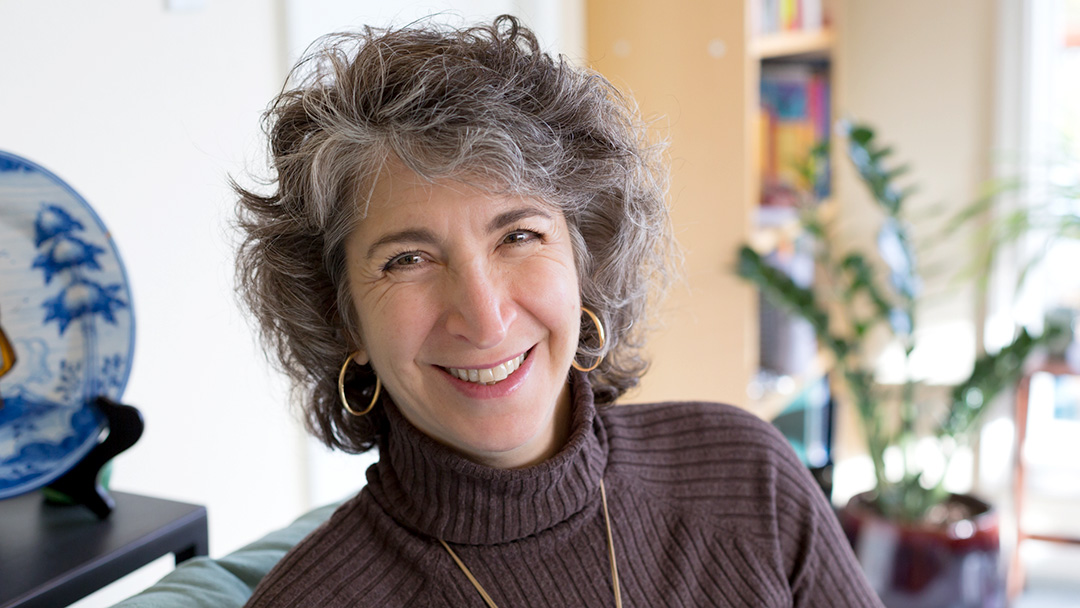
“Loving Together –
Seattle Times Aging Well Real Talk”
Al Kemp, Seattle Times Special to Aging Well
Sunday October 20, 2024
More Americans are starting new marriages or living together later in life. But there are ramifications to consider – both legal and in terms of relationship dynamics – if the new union is going to last. We consulted a relationship coach and an attorney for their insights.
[The following is an excerpt from the complete article, highlighting the comments from Kathy Clayton. Click this link to read the full article, on page 4, which includes comments from attorney Megan Stanley.]

Kathy Clayton coaches clients on a journey of personal growth with an emphasis on self-awareness, listening, communication skills and adapting to change.

Americans are living about a decade longer today than they did in 1950, with a life expectancy of about 79 years in 2024, according to United Nations World Population Prospects. So, what do older married Americans do with those bonus years? Statistics suggest many are opting to get divorced and remarried.
In a 2017 analysis of U.S. Census data by the National Institutes of Health, among married adults 50 years and older, 54% of men and 46% of women had previously been married to someone else. The median age of late-life newlyweds was 63.
And if they don’t remarry, many older adults are cohabitating instead. The NIH analysis also found that the number of cohabitating people 50 and older is rising faster than any other age group, from roughly 951,000 in 2000 to more than 4 million in 2016, a more than quadruple increase. The median age of late-life cohabitators was about 60.
But whether they’re remarrying or simply shacking up, a second chance at happiness is not without its complications and potential pitfalls, from both a legal standpoint and in terms of relationship dynamics.
There’s also the challenge of getting a new relationship off the ground when the parties are older and entrenched in their ways when it comes to communication and problem-solving.

“How willing are you to have hard conversations – i.e., engage in disagreements and conflict?
A whole lot of folks are deeply afraid of conflict..”
-Kathy Clayton

That’s a realm where Kathy Clayton has a wealth of experience. Clayton, 58, is a “whole person coach” who steers clients on a journey of personal growth with an emphasis on self-awareness, listening, communication and adapting to change. She helps people see themselves through the lens of relationships, not merely with other people but with everything they see and experience in the world, and even some things they can’t.
“We’re in relationship 100% of the time; with ourselves, with others, with our bodies/diet/ exercise, the weather, our homes, our beliefs and our values,” she said.
Clayton said she’s known numerous couples whose late-life unions failed because they didn’t truly know themselves as individuals, and were therefore unprepared for the challenges they’d face as a couple.
“Too often a person says yes to the image/façade of who the other person is without fully understanding who they are and/or being unaware of who they are themselves,” Clayton said.
“Maybe the surface attributes align, but the reality of who and how they each are is in opposite directions,” she said, giving the example of one partner being an introvert and the other an extrovert.
One of the trickiest attributes to any personal relationship, Clayton said, is how each party relates to change, something that gets more problematic when people get older and more stuck in their habits and view of the world.
 “Too often, folks believe they can change the other person, or they can tolerate the differences. Expecting profound change in yourself or the other person is unrealistic, and will usually lead to resentment, buried anger and emotional distance. If both folks are relatively equal in their desire/motivation for change or being attached to the familiar, the relationship can often grow and evolve more easily,” she said. “Conversely, if one person is highly adaptable and the other person isn’t, resentment and frustration will take hold, which is often a death knell for the relationship.”
“Too often, folks believe they can change the other person, or they can tolerate the differences. Expecting profound change in yourself or the other person is unrealistic, and will usually lead to resentment, buried anger and emotional distance. If both folks are relatively equal in their desire/motivation for change or being attached to the familiar, the relationship can often grow and evolve more easily,” she said. “Conversely, if one person is highly adaptable and the other person isn’t, resentment and frustration will take hold, which is often a death knell for the relationship.”
As an example, Clayton points to her own second marriage, a union that lasted 19 years before unraveling because of their different approaches to change.
“I so wanted to be in a relationship and married that I completely discounted a lot of red flags, the biggest (and one of the most common) being: I could change him! He and I were on opposite ends of the change spectrum, with him being highly attached to the familiar and me being very comfortable with and desiring change,” she recalled. “Ultimately, there just wasn’t enough overlap in how we wanted to spend time for the relationship to not only survive but thrive long term.”
Another major source of trouble in couples is how they each deal with conflict.
“How willing are you to have hard conversations – i.e., engage in disagreements and conflict? A whole lot of folks are deeply afraid of conflict and will contort themselves to maintain peace and harmony, no matter the cost to themselves or the relationship,” Clayton said. “Learning how to tolerate the ‘discomfort” of disagreement and conflict to reach a new understanding is vital.”

